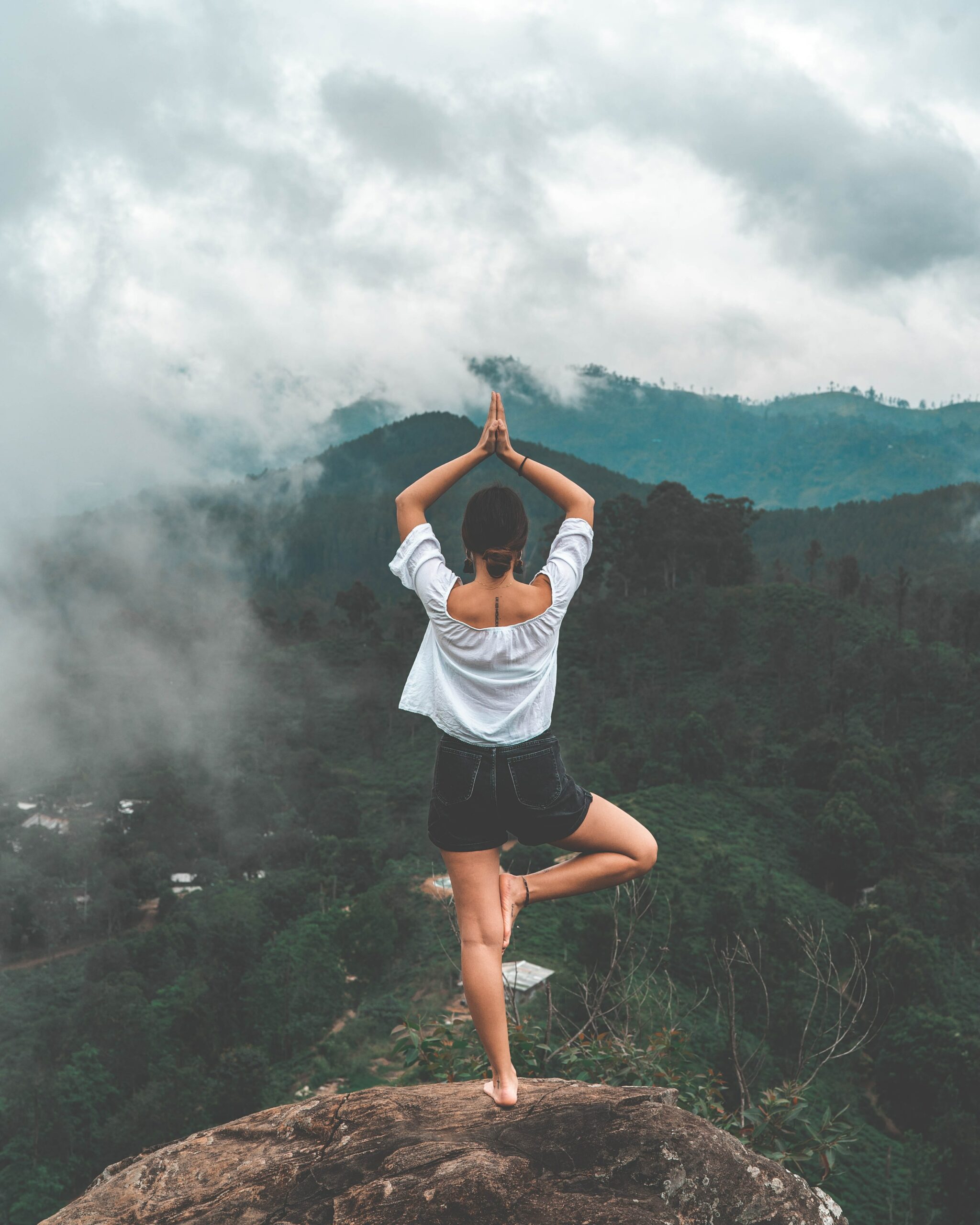So you’re thinking about traveling abroad to teach yoga. Perhaps you’re considering doing it for an extended period of time, or maybe you’re looking at doing a few months here and there. Traveling the world while sharing your knowledge of yoga, meeting new students, exploring different cultures and taking your practice to new places is an exciting opportunity. But here’s the thing, there are a few steps to take before you embark on that journey such as creating a compelling CV and building a profile on yoga job websites like Yoga Trade. There are also a few key points that you need to think about to ensure that your time is well spent and that the role is exactly what you expected and agreed upon.
A little about my personal experience: I completed my 200-hour training in San Francisco at the end of 2015 and was in the midst of a major career shift and relocation back to Hong Kong. At this point, I wasn’t 100% certain if I wanted to make the jump and transition into teaching full-time and already had a few trips planned and booked throughout 2016. I began looking into different short-term opportunities overseas via Yoga Trade – I love to travel, and I love yoga; mixing the two seemed like a no-brainer! So I put together a profile, paid the membership fee and submitted applications to work at hotels, retreats, surf camps and studios around the world.
One of the key things that you should know about traveling abroad to teach yoga is that it can be competitive. Of all the places I sent my yoga CV off to, only two got back to me. I ended up interviewing with one hotel, and guess what? I am wrapping up teaching five weeks of yoga in Vang Vieng, Laos! I realize that I was extremely fortunate to have landed a great opportunity in a beautiful town that was looking to shake off its party hard past, and excited be a part of growing Vang Vieng into a spot for wellness and yoga in Southeast Asia; but it doesn’t always work out this way and there are a few key factors that I think anybody looking to travel and teach yoga overseas should seriously consider before taking the leap. Here’s what you need to think about:
1. Cost of flights and travel
I applied to places in Nicaragua, Mexico, Portugal, Morocco, Bali, the Philippines, Sri Lanka and Laos. But what I really should have done was look into how much time and money it would have taken to travel to each of these places, and decide whether I was comfortable paying these costs out of pocket before sending off my application. Luckily, teaching in Vang Vieng was worth the two flights, layover in Bangkok and slightly terrifying seven-hour bus journey to get there. Here’s the thing, most employers looking for yoga teachers to teach for a few months are not going to foot your transportation or visa expenses. So consider whether you’re willing to pay for your flights to work hundreds of miles away.
2. Seasonality of the destination
Now that you’ve decided on where you might want to travel to and where the opportunities may exist, think about seasonality. As an example, I ended up teaching in Laos during rainy season when tourist numbers are at its lowest. In practical terms, this meant that in some classes there was only one student, in others there were about seven or eight, but I also had to cancel a few classes because of no-shows. I enjoy teaching 1-on-1 and small group classes so it didn’t end up being a massive issue, but when you’re paid by the number of classes you teach or number of students that attend, this can seriously affect your income so bear seasonality in mind.

3. Number of students and general level of classes you are expected to teach
Some retreat centers may expect you to teach a dozen or more people per class, and some know that their class sizes tend to be much smaller. Some places cater to people who have been practicing yoga for years, whereas other places host classes where the majority of students have either never attended a yoga class in their life, or have been to one or two classes back home. Ask your potential future employer what the typical class size and level is so that you can ensure that you know what to expect. While you’re at it, find out if there’s any flexibility to decide what style of classes you will teach, or if there’s a fixed schedule to stick to. At Yoga in Vang Vieng, teachers are given the responsibility of putting together the schedule and entrusted to decide what they want to teach on each day.
4. Time commitment
How long is your gig for? Most places will ask for a 1-3 month time commitment, especially if accommodation is being provided. This also ties into the issue of whether you will need a work visa as some countries are extremely strict. How many classes will you teach per week? How long is each class? Are you the only teacher or are you splitting the teaching responsibilities with others?
5. How much will you be paid? Fixed salary? Per student? Per class?
We’re getting down to the nitty-gritty parts: not every position will be paid. In fact, it is quite common for some places to offer accommodation in return for teaching two classes a day, six days a week. There are lots of arguments for and against this type of arrangement, but my only point would be this: whatever the arrangement is, make sure you’re comfortable with it. If remuneration is being offered, find out if it is a fixed salary, if you’re being paid per class or if you get paid a certain amount per student. While you are discussing issues related to pay, find out if there are other opportunities for you to generate some income through private lessons, workshops, seminars and so on.
6. What else is part of the package?
Will accommodations be provided? Is it a shared room or will you get your own space? Is the accommodation on-site or elsewhere? Are your meals provided or will you be given a per diem? What about your stinky, sweaty yoga clothes – will laundry be taken care of or will you have to potentially hand wash your leggings in the shower?

7. What do you really know about your potential future employer?
Doing your due diligence for a yoga-related job is the same as applying for any other job: what do you know about your employer? Find out what to expect by speaking directly to who you will work with via e-mail and Skype, ask to speak with other teachers who are currently working there and also see if you can get in touch with any former teachers to find out what their experience was like.
8. Insurance
Do you need liability insurance? In my experience, the concept of liability insurance for yoga teachers has not really caught on in many parts of Asia, but it is essential in many parts of the U.S. and Europe. It’s always better to find out if where you are looking to work has you covered on that front and whether students are asked to sign a waiver.
9. Confirmation of your job
If possible, ask for a confirmation of your job or work trade in writing; it should include your start/finish date, number of classes you will teach per week, remuneration and so on. While these may not always be enforceable, it gives a valuable opportunity to get everyone on the same page. The last thing you want to happen is to have a different start date in mind or god forbid, book nonrefundable plane tickets for a job that isn’t 110% confirmed.
The experience of traveling abroad to teach yoga can be extremely rewarding: I met some truly wonderful people, continued to work on my teaching skills, chased a few waterfalls and explored a part of the world I otherwise probably wouldn’t have visited. But here are the key takeaways: be clear on what you’re hoping to get out of the experience, and know exactly what you’re signing up for. What are some other things you would encourage teachers to consider before they travel abroad to teach yoga? Share your thoughts below in the comments section!

Florence is a wanderlusting yogi who calls Hong Kong home, but these days you can find her at Yogawinetravel.com and on Instagram where she writes and shares photos from her yoga journey and travels around the world.








